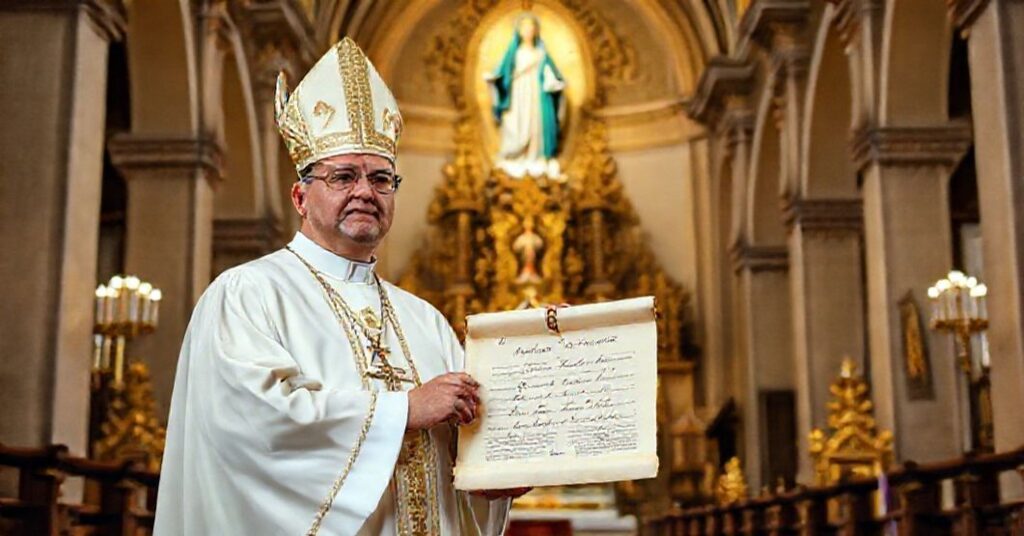Sancti Dominici (1959.04.01)
The document under review is the apostolic constitution “Sancti Dominici,” issued on 1 April 1959 by John XXIII, by which, through territorial division of the Archdiocese of Santo Domingo (Republica Dominicana), a new territorial structure is erected under the title “A Domina Nostra vulgo De La Altagracia in Higüey seu Higueyensis.” The text describes the subtraction of the provinces La Altagracia and El Seibo, the delineation of diocesan boundaries, the designation of Higüey as episcopal see, the elevation of the Marian shrine (La Altagracia) to cathedral status once completed, interim use of the church of St Dionysius as pro-cathedral, norms on the diocesan chapter, diocesan consultors, seminary, clergy incardination, ecclesiastical goods, and procedural execution clauses. It presents itself as a pastoral, juridical act aimed at better serving “the utility of all Christ’s faithful” by facilitating evangelization through closer ecclesiastical governance.










